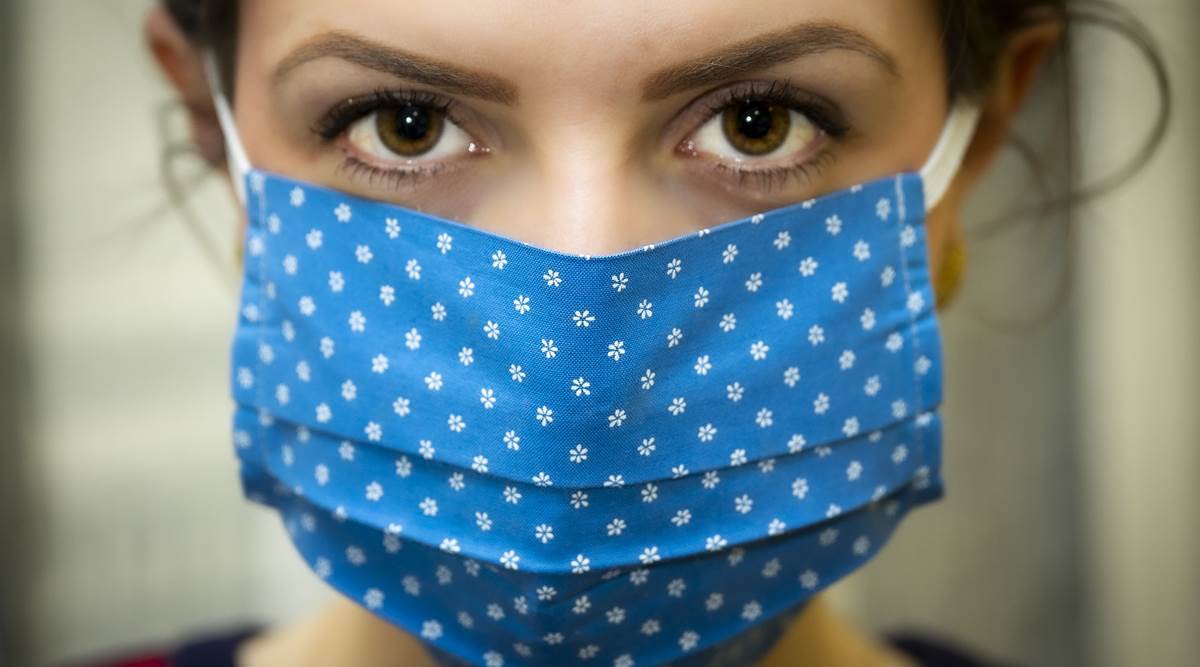With the pandemic fatigue-induced indifference, people may stop paying attention to their safety and security, which cannot be allowed

Most of us have been homebound for months now, watching the year go by in a blur. Even the festivities are being spent in a solemn manner, which is unbecoming of elaborate Indian celebrations. The pandemic has changed the way we live, and among other things, the daily drudgery of it has led to something called a ‘pandemic fatigue’.
Just like regular fatigue, pandemic fatigue also emerges from the exhaustion of doing the same work over and over again. There seems no respite as of yet, with the pandemic looking to threaten the next year, too.
Dr Anita Mathew, Infectious Disease Specialist, Fortis Hospital, Mulund says this fatigue can give rise to apathy and restlessness. “This stands especially true as the lockdown restrictions are being lifted. At a time when we are getting used to the ‘new normal’, the pandemic-triggered fatigue is making people exhibit indifference to the infection, which shouldn’t be the case; the COVID-19 infection cannot be taken lightly!” she warns.
Dr Mathew goes on to explain that according to a recent study conducted by Australian Centre for Disease Preparedness (ACDP), the coronavirus remains viable on various surfaces, thereby enabling transmission. “It was found that at 20 degrees Celsius, SARS-CoV-2 was ‘extremely viable’ for 28 days on glass, steel and banknotes, on mobile phones, elevator buttons, and currency. At 30 degrees Celsius, the survival rate dropped to seven days, and plummeted to just 24 hours at 40 degrees Celsius.”
ALSO READ | Air pollution and COVID-19: Risk of infection, precautions to take
She says that with the pandemic fatigue-induced indifference, people may stop paying attention to their safety and security, which cannot be allowed.
“The research signifies the need to disinfect high-touch surfaces. This is crucial even though you are likely to catch the infection by coming in direct contact with someone contagious or by being in close proximity to someone who sneezes or coughs.”
Here are some common high-touch surfaces:
* Doors and door knobs
* Table tops and chair backs
* Switchboards
* Mobile phones and laptops
* Remote controls and consoles
* Taps and flushes
* Elevator buttons
* Handrails/stairway railings
* Shopping cards
* ATM buttons
ALSO READ | Coronavirus: Here is why the early intervention of testing and diagnosis is important
Cleaning and disinfecting
– Before you begin the disinfection process, wear gloves and make sure there is appropriate ventilation while using the product.
– Then, clean the surfaces using soapy water, use a disinfectant liberally.
– Mix 5 tablespoons or ⅓rd cup of bleach with 4 cups of water to make your household disinfectant, or use a disinfectant with 1 per cent sodium hypochlorite. You can also use solutions with at least 70 per cent alcohol content.
– Discard cleaning material made of cloth (mop head or cleaning cloths) in appropriate bags after concluding the cleaning and disinfecting exercise to prevent cross-contamination.
– Wear a new pair of gloves every time you begin the disinfection exercise; discard them appropriately after use.
– Importantly, disinfect all cleaning equipment after use, and before re-use in another area; rinse with hot water.
– Keep the elderly, children, pets and other people with respiratory issues away during disinfection exercise.
For more lifestyle news, follow us: Twitter: lifestyle_ie | Facebook: IE Lifestyle | Instagram: ie_lifestyle
Source: Read Full Article
